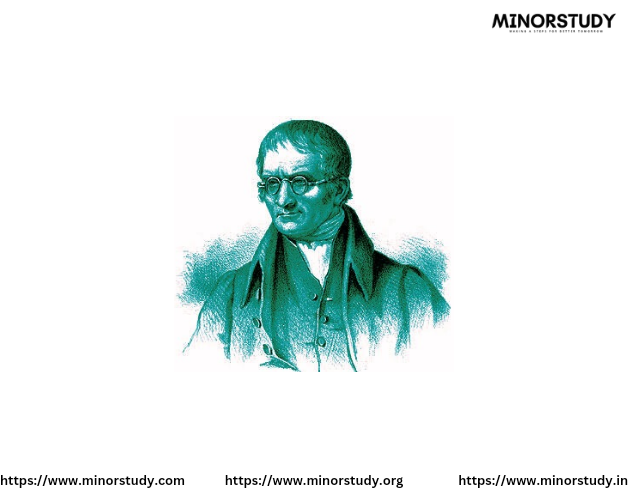Margaret Huggins
- Minorstudy Web blogs
- Dec 6, 2024
- 2 min read

Margaret Lindsay Huggins (née Murray, August 14, 1848 – March 24, 1915) was a pioneering Irish astronomer and scientific illustrator, known for her contributions to spectroscopy and astronomical photography. Working alongside her husband, Sir William Huggins, she advanced the understanding of stellar and nebular composition, significantly shaping modern astrophysics.
Early Life and Education:
Born: August 14, 1848, in Dublin, Ireland, to a wealthy and well-educated family.
Margaret was largely self-taught, showing an early passion for astronomy and science. She studied science and mathematics independently and read extensively about spectroscopy and photography, two emerging fields in the 19th century.
Marriage and Collaborative Work:
In 1875, she married Sir William Huggins, a leading astronomer in England. The partnership marked the beginning of her formal astronomical career.
At their private observatory in Tulse Hill, London, the couple combined Margaret's skills in photography and scientific illustration with William’s expertise in spectroscopy to make groundbreaking discoveries.
Contributions to Astronomy:
1. Spectroscopy:
Margaret and William Huggins used spectroscopy to analyze the light of stars and nebulae, identifying their chemical composition.
Their work confirmed that stars are composed of the same elements found on Earth, bridging terrestrial chemistry and astrophysics.
2. Astronomical Photography:
Margaret was instrumental in introducing photography into their work, enabling precise and permanent records of astronomical phenomena.
She developed techniques for capturing high-quality spectroscopic images, which helped solidify spectroscopy as a critical tool in astronomy.
3. Pioneering Studies on Nebulae:
The Hugginses were the first to show that some nebulae, such as the Orion Nebula, emitted light that was different from that of stars, indicating gaseous composition.
Publications:
Margaret co-authored numerous scientific papers with her husband and contributed significantly to his book “The Royal Society Memoirs on the Spectra of Nebulae”.
Her scientific illustrations and detailed notes enhanced their publications, ensuring their findings were accessible to the broader scientific community.
Challenges:
As a woman in 19th-century science, Margaret often worked in her husband’s shadow. Despite her significant contributions, recognition during her lifetime was limited.
Historians now acknowledge her critical role in advancing her husband's career and scientific achievements.
Legacy:
Advancement of Spectroscopy:
Margaret's expertise in photography and spectroscopy laid the groundwork for future research in stellar chemistry and astrophysics.
Inspiration for Women in Science:
Her life serves as an example of perseverance and passion for science, inspiring women to pursue careers in astronomy and related fields.
Rediscovery of Contributions:
Modern scholarship has brought renewed attention to Margaret’s scientific contributions, celebrating her as an equal partner in the Hugginses’ groundbreaking work.
Quotes:
“Science knows no country, because knowledge belongs to humanity, and is the torch which illuminates the world.” – Though attributed to others, this sentiment reflects Margaret’s dedication to universal scientific understanding.
Significance:
Margaret Lindsay Huggins was a trailblazer in astronomical spectroscopy and photography. Her meticulous work and innovative techniques helped shape modern astrophysics, while her partnership with William Huggins exemplifies the importance of collaboration in scientific discovery. Though overlooked in her time, her legacy endures as a symbol of the contributions women have made to science.











Comments